 |
|
HOME
|
US Navy -
ships
|
US Navy - air
units
|
USMC - air
units
|
International
Navies
|
Weapon Systems
|
Special Reports |
|
Royal Netherlands Navy - Koninklijke
Marine Walrus class Submarine |
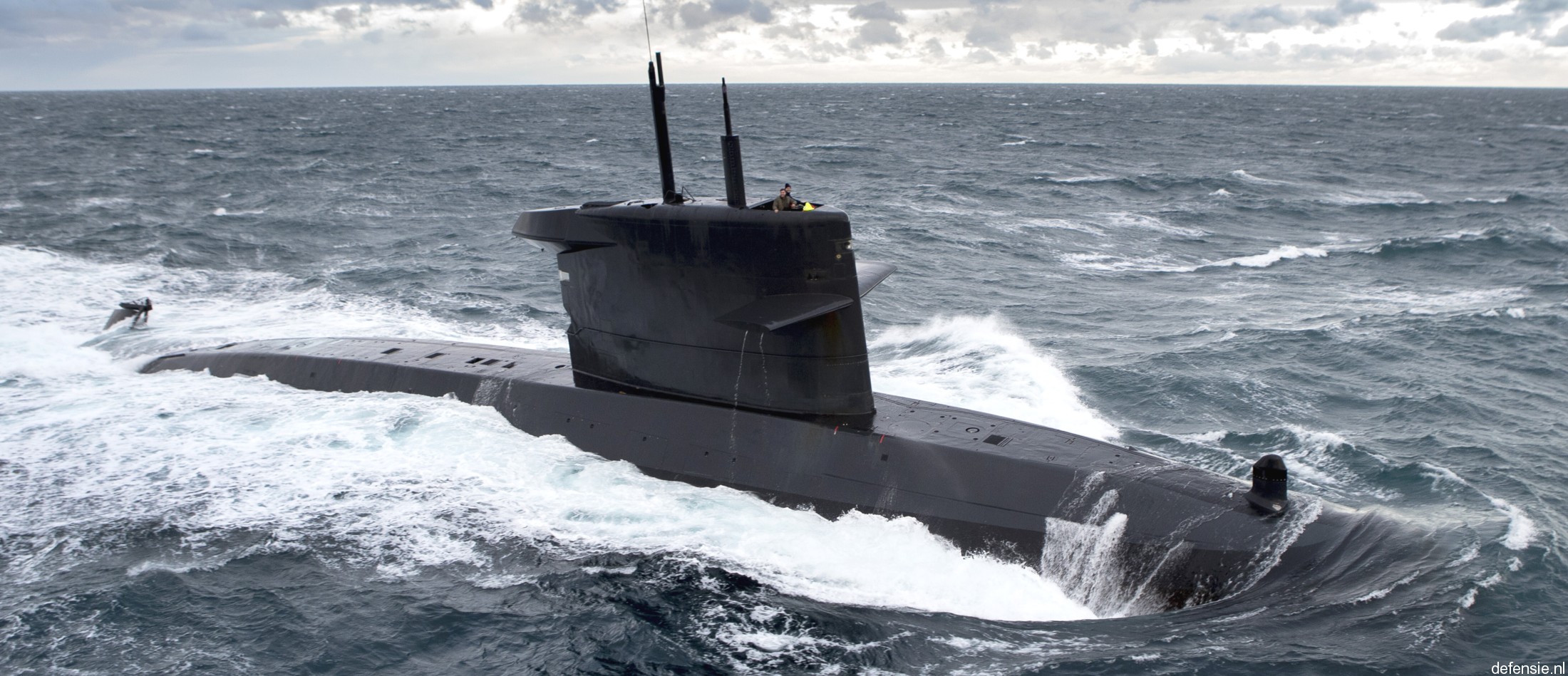 |
| 04/25 |
| Units: |
|
S 802
HNLMS Walrus S 803 HNLMS Zeeleeuw S 808 HNLMS Dolfijn S 810 HNLMS Bruinvis |
| Specifications: |
|
Displacement:
2,450 t surfaced / 2,800 t submerged / 1,900 t standard Length: 67.7 meters (222 ft 2.3 in) Beam: 8.40 m (27 ft 7 in) Draft: 6.60 m (21 ft 8 in) Speed: 13 knots (24 km/h; 15 mph) surfaced / 21 knots (39 km/h; 24 mph) submerged Range: 18,500 km (10,000 nmi) at 9 kn (17 km/h; 10 mph) Test depth: >300 m (980 ft) Complement: 49 to 52 Propulsion: Diesel-Electric 3 x SEMT Pielstick PA4 200 VG diesel engines 6,300 hp (4,700 kW), each 1 x HOLEC electric motor 420-cell VARTA batteries 1 shaft, 1 propeller (5 blades) Systems: Signaal/Decca 1229 radar Signaal ZW-07 radar Thomson Sintra TSM 2272 Eledone Octopus bow-mounted sonar GEC Avionics Type 2026 towed array sonar Thomson Sintra DUUX 5 hull-mounted passive ranging and intercept sonar HSA GIPSY (SEWACO VIII) fire-control system Armament: 4 x 21-inch (533 mm) torpedo tubes for 20 x Honeywell Mk.48 Mod.7 torpedoes and/or UGM-84 Harpoon SSM mine laying capability |
|
The Walrus class is a class of four diesel-electric attack
submarines, built by Rotterdamsche Droogdok Maatschappij (Rotterdam
Dockyard), for the Royal Netherlands Navy (Koninklijke Marine). The Walrus class submarines are unusual in that instead of a cross-shaped assembly of stern diving planes and rudders, they mount four combined rudders and diving planes in an "X" configuration. This tail configuration was first tested in 1960 on the United States Navy's USS Albacore, and has since been used by the Walrus class, all Swedish Navy submarines since the Sjöormen class, the Royal Australian Navy's Collins class, the German Navy Type 212A and the Japan Maritime Self-Defense Force's Soryu class. The X configuration is a complex system and therefore not implemented by many other navies around the world. The submarines of the Walrus class, when submerged, are silent and therefore difficult to detect by ships, planes and other submarines once they go into hiding. This makes the boats very suitable for combating surface vessels and submarines, protecting friendly units, gathering information, providing early warning detection, and supporting special operations. The submarines can also be used to enforce international sanctions, as they did during the Yugoslav Wars. The Walrus-class submarines were specifically designed for hunting Russian submarines during the Cold War. However, the Cold War had ended by the time they became operational. Nonetheless, they have provided excellent services in various international conflict situations in which the deployment of the Royal Netherlands Navy was requested. Since the Dutch submarines have acquired a good reputation, they are often part of international exercises, taking part in mock battles. Upgrade program: In 2007, the Dutch cabinet approved an upgrade of the four operational submarines and recruitment of additional crew to improve overall operational availability. The upgrades were focused on near-shore operations and integration with new weapons, and include: - The migration from the Mk.48 Mod.4 torpedo to the Mod-7 version - Replacing one periscope with a non-hull-penetrating optronic mast from L-3 KEO which enables the submarine to capture HD footage, both day and night - Addition of a mine and obstacle avoidance sonar by ELAC Nautik - Refurbishing of the pressure hull - Introduction of a new combat management system - Modifications to support special operations forces In 2013, the contract for the Walrus class (IP-W) Conservation Program was signed. The program covered the preservation of the pressure skin, the replacement of the sonar, navigation periscope and GIPSY combat system, improved communication systems and adaptations to a number of platform systems. The Dutch industry and knowledge institutes were heavily involved in the program via the Dutch Underwater Knowledge Centre. It was predicted that the upgrade program would lead to a estimated 400.000 man-hours of work for each boat. All four boats were to be modernized by 2019. With the conservation program, the boats can be kept operational until mid-2025. The cost of upgrading the four submarines was estimated to be 94 million euros. The first boat to be upgraded was Zeeleeuw, followed by Dolfijn, Bruinvis and Walrus. The future Orka class, built by French Naval Group, will replace the Walrus class submarines from about 2034 onwards. source: wikipedia + defensie.nl |
|
class + detail images for more images go to the individual boat's page |
 S 802 HNLMS Walrus  S 803 HNLMS Zeeleeuw  S 808 HNLMS Dolfijn 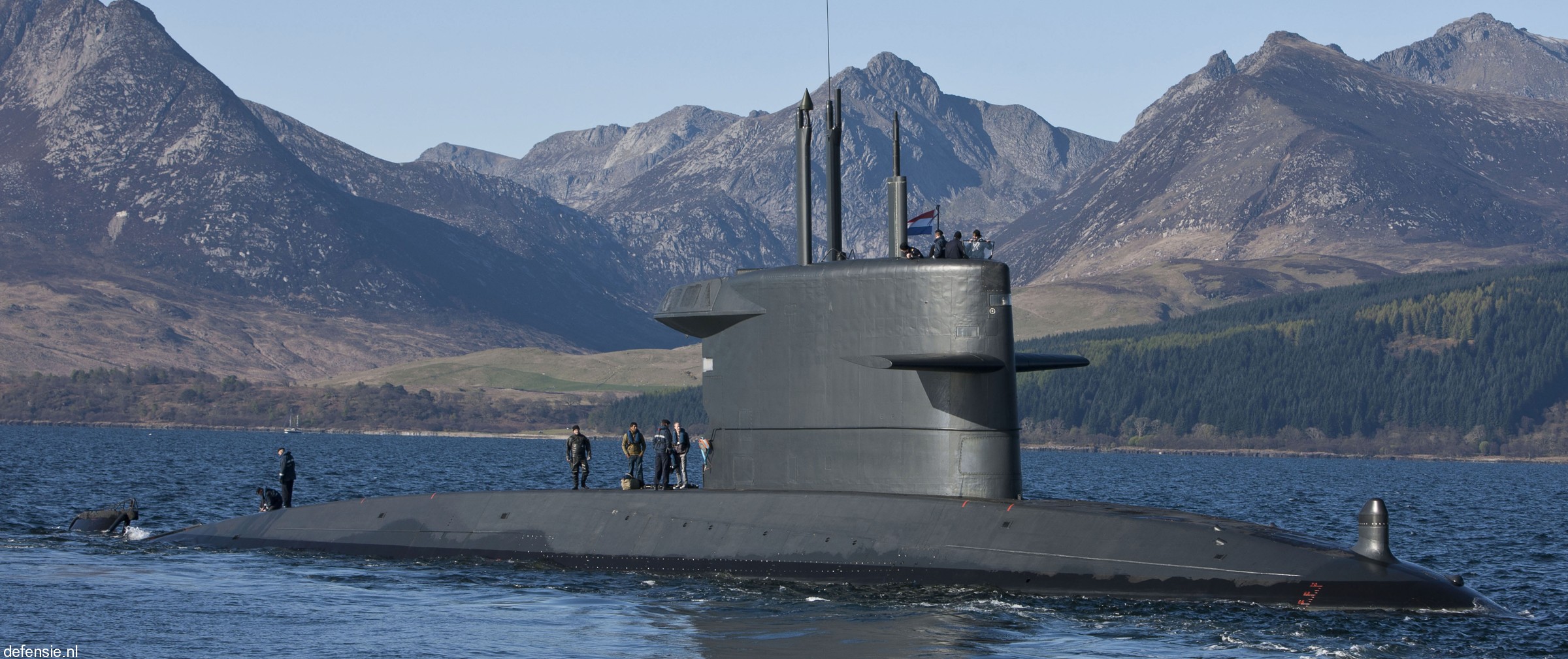 S 810 HNLMS Bruinvis  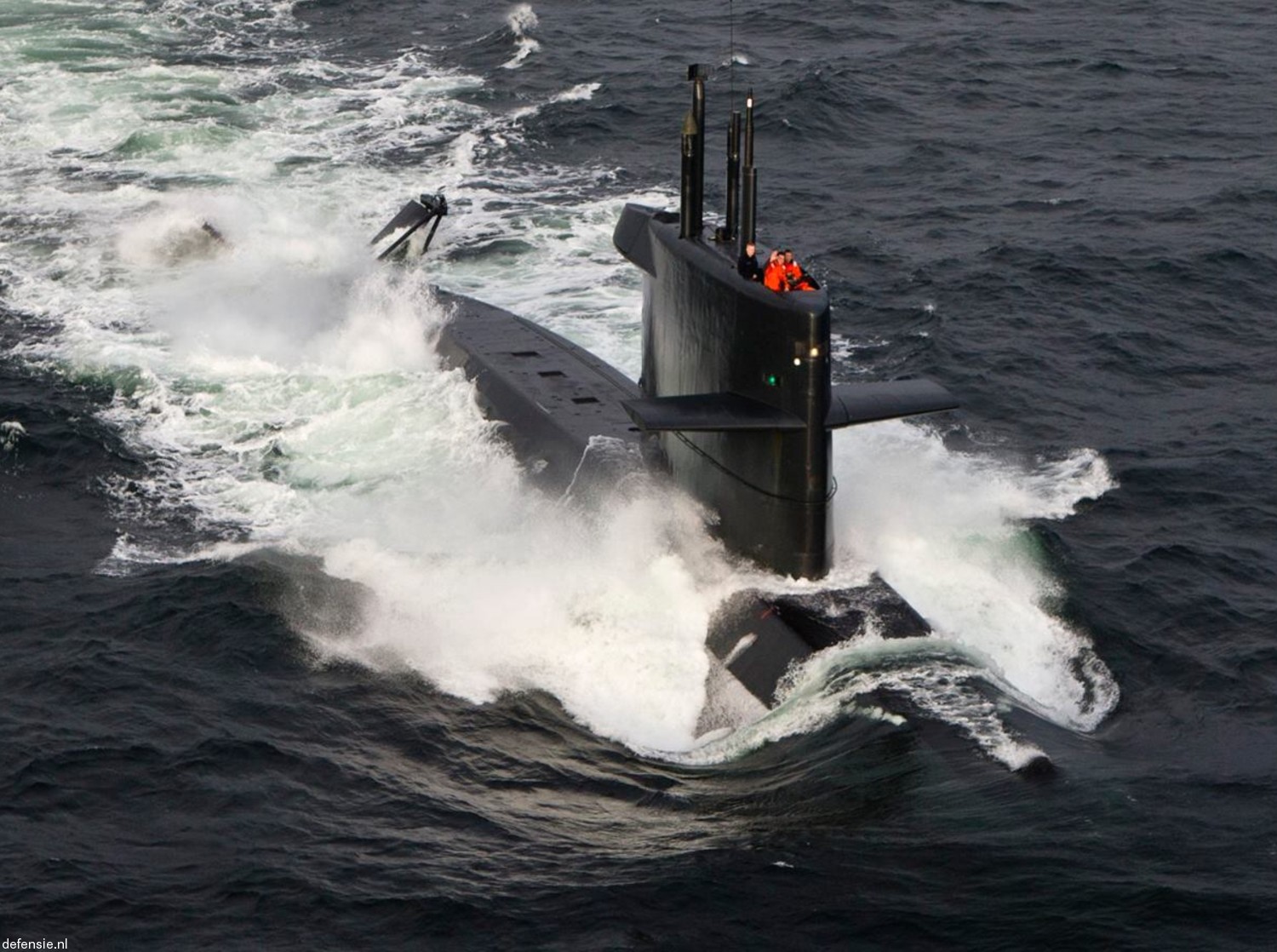 inside view after service life-extension programme      inside view before service life-extension programme 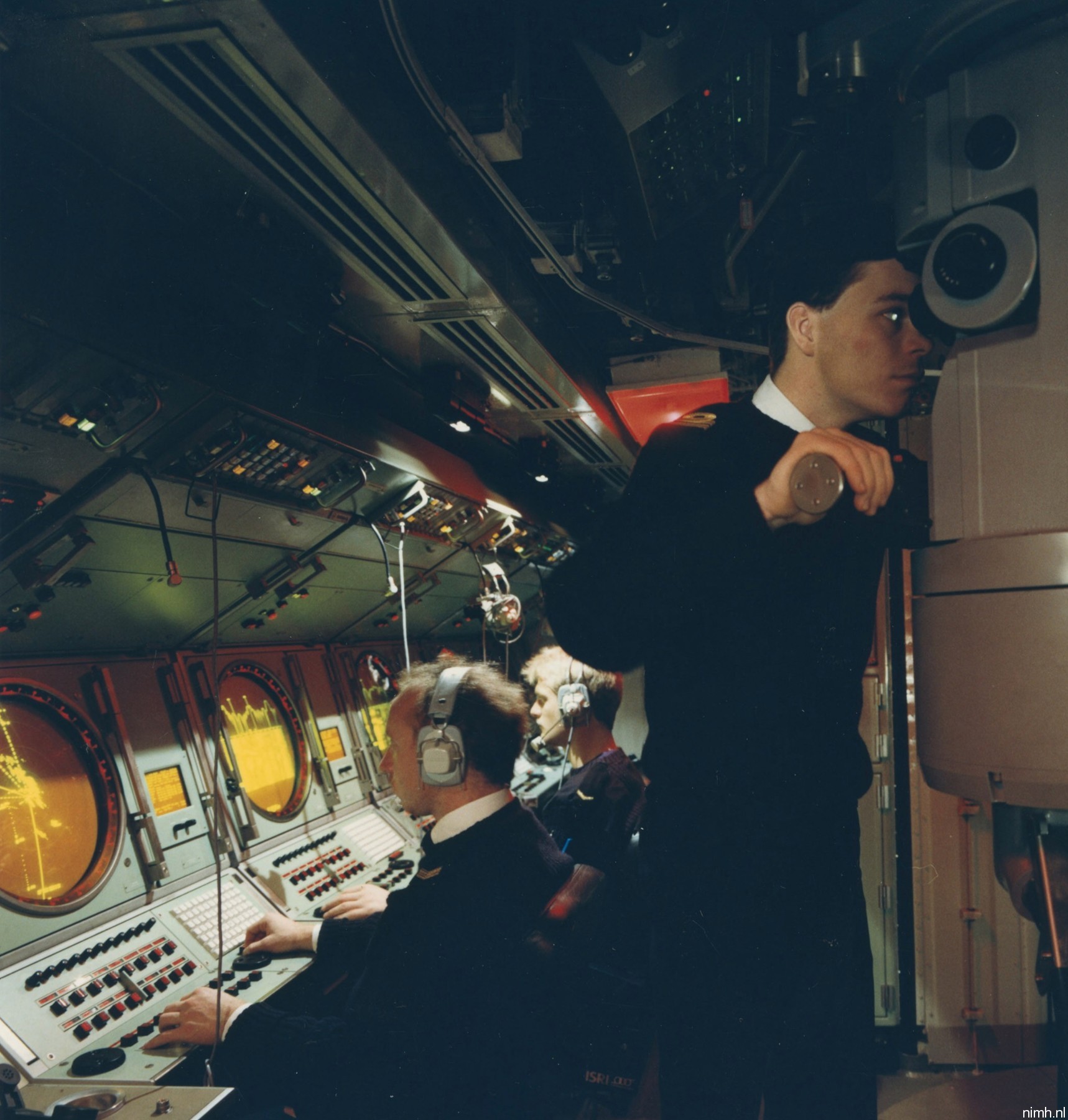 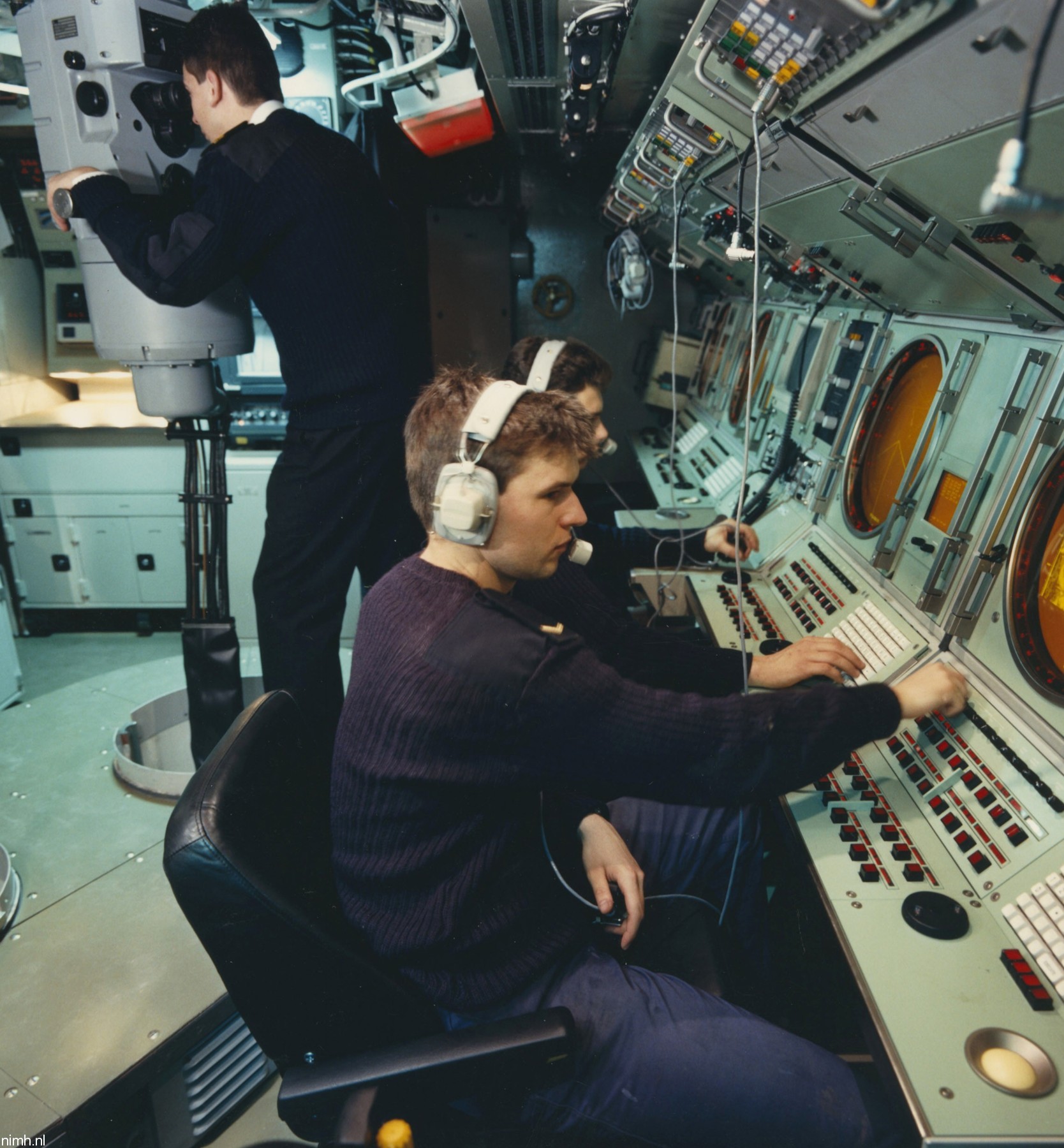 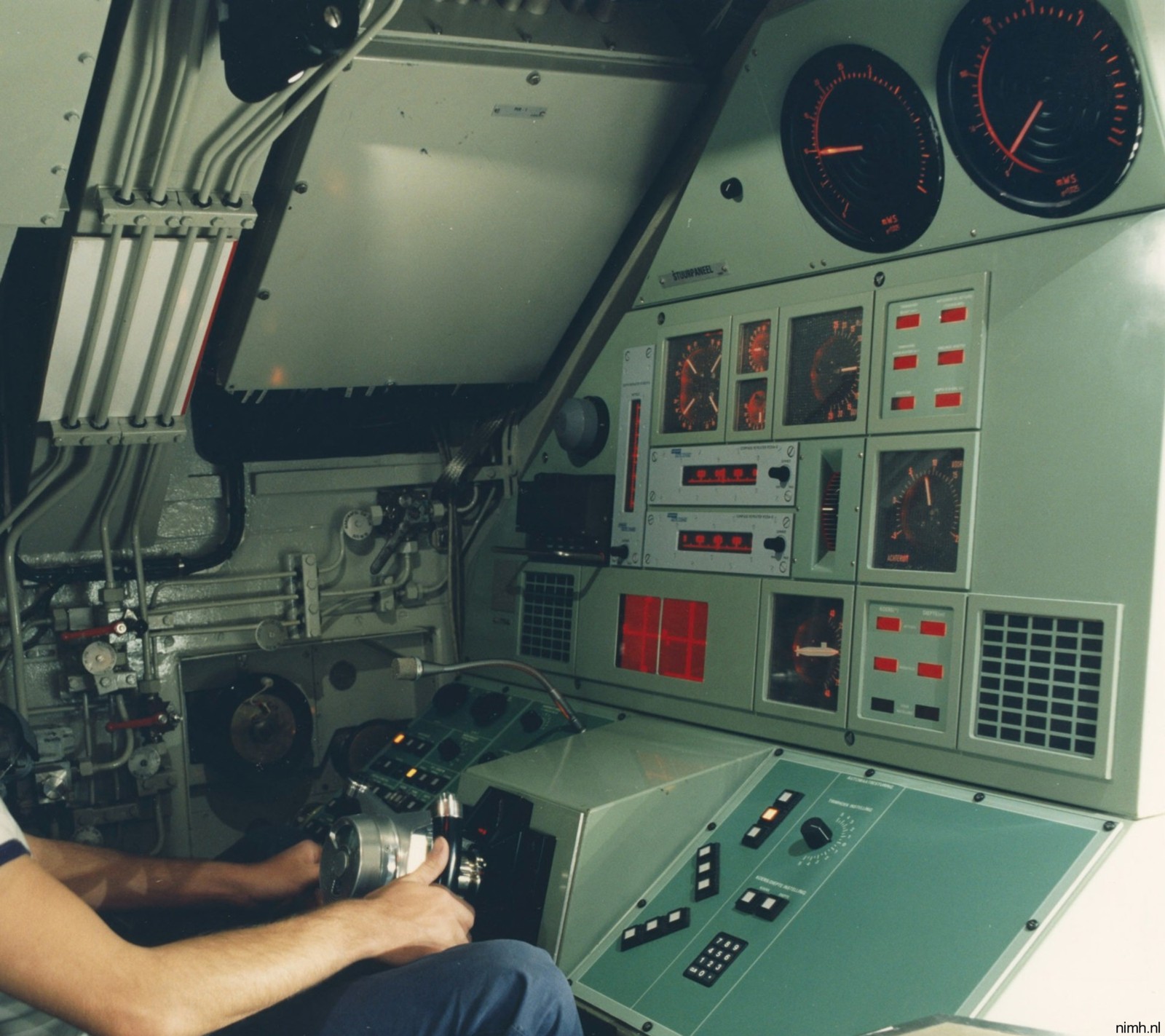 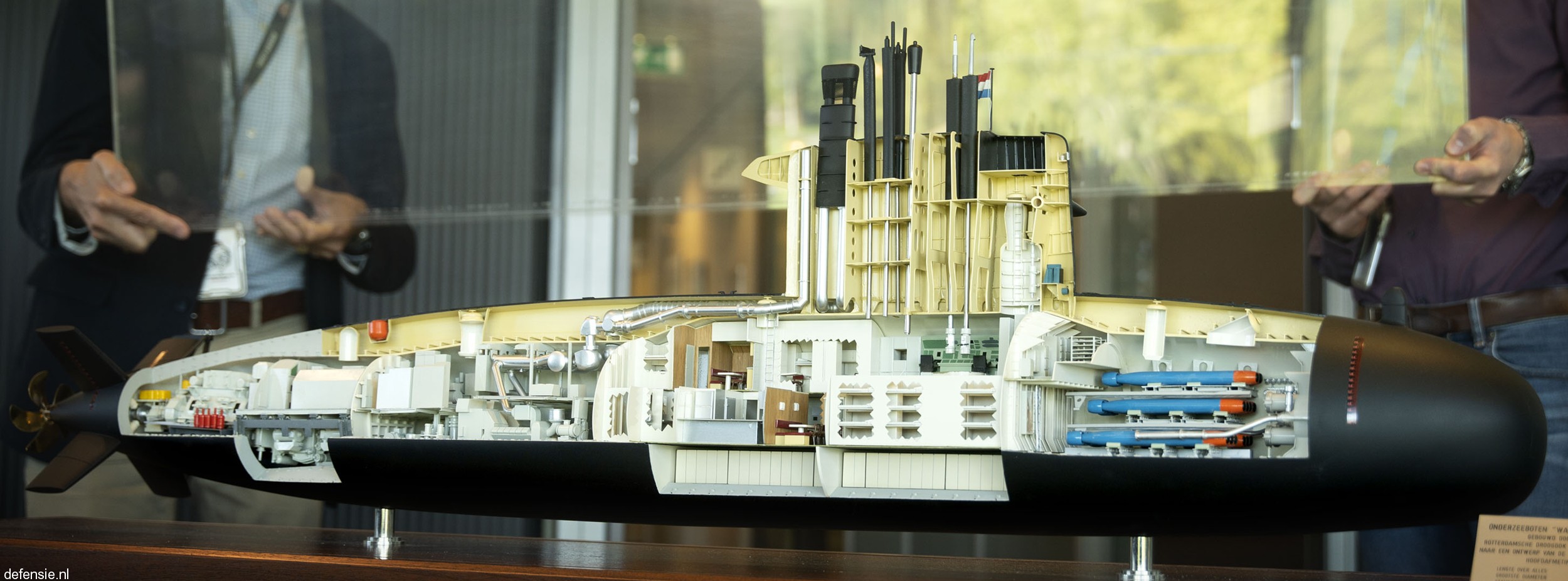 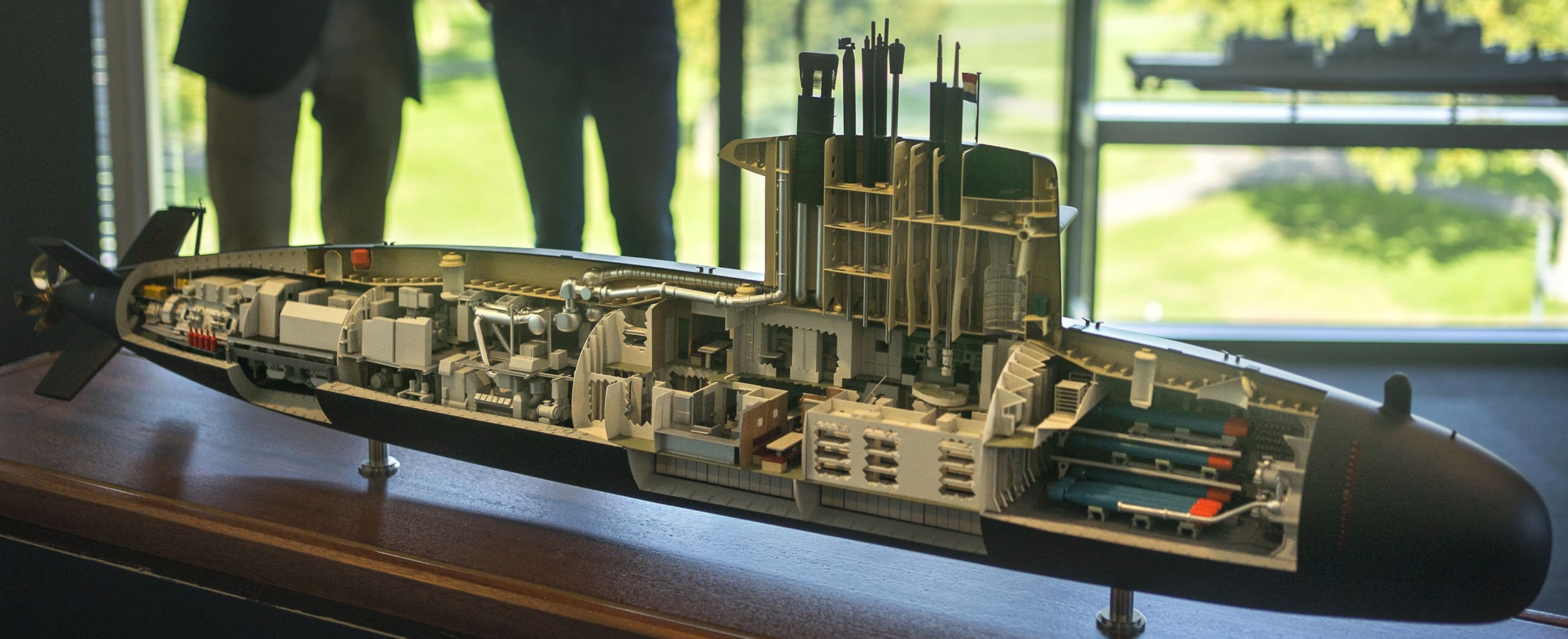 |
| | seaforces.org | Royal Netherlands Navy start page | |